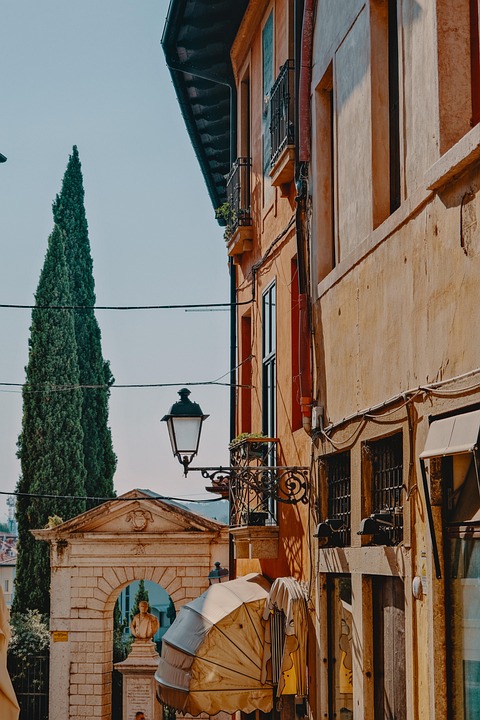Introduction
Grappa is a traditional Italian spirit that is deeply rooted in the culture and heritage of northern Italy. Each region in northern Italy brings its unique flavors, techniques, and characteristics to the production of grappa, resulting in a diverse range of flavors and identities. In this report, we will explore how the regions of northern Italy influence the flavor and identity of grappa, as well as the key players in the industry.
Regional Influences on Grappa Flavor
Lombardy
Lombardy is known for producing grappas with a smooth and delicate flavor profile. The region’s use of high-quality grape pomace and meticulous distillation methods result in grappas that are light and fruity, with subtle floral notes. Lombardy’s grappas are often aged in oak barrels, adding a touch of complexity and depth to the final product.
Veneto
Veneto is famous for its Amarone grappa, made from the pomace of Amarone wine grapes. This unique grape variety gives Veneto grappas a rich and full-bodied flavor, with hints of dried fruits, nuts, and spices. Veneto’s grappas are often aged for an extended period in wooden barrels, intensifying the flavors and aromas.
Trentino-Alto Adige
Trentino-Alto Adige is home to some of the most aromatic and flavorful grappas in Italy. The region’s cool climate and high-altitude vineyards produce grapes with intense flavors and aromas, which are retained in the pomace used for grappa production. Trentino-Alto Adige grappas are known for their crisp and refreshing taste, with notes of citrus, herbs, and mountain flowers.
Key Players in the Industry
Bepi Tosolini
Bepi Tosolini is a renowned grappa producer based in Friuli-Venezia Giulia. The company has been producing high-quality grappas since 1943, using traditional methods and top-quality ingredients. Bepi Tosolini’s grappas are known for their exceptional purity and smoothness, making them a favorite among connoisseurs worldwide.
Nardini
Nardini is one of the oldest grappa producers in Italy, with a history dating back to 1779. The company is based in Veneto and is famous for its iconic Tagliatella grappa, a blend of different grape varieties that has become a symbol of Italian craftsmanship and tradition. Nardini’s grappas are characterized by their bold flavors and rich textures, making them a staple in the world of Italian spirits.
Marolo
Marolo is a small artisanal grappa producer located in Piedmont. The company is known for its innovative approach to grappa production, using unique grape varieties and aging techniques to create distinctive and flavorful spirits. Marolo’s grappas are highly sought after for their complexity and depth, with each bottle telling a story of the land and the people who crafted it.
Industry Insights
The grappa industry in Italy is a thriving sector that continues to grow and evolve with each passing year. According to recent data, the Italian grappa market is valued at over €300 million, with annual growth rates averaging around 5%. The demand for high-quality grappas both domestically and internationally has fueled the expansion of the industry, with new players entering the market and established brands expanding their product lines.
In conclusion, the regions of northern Italy play a crucial role in shaping the flavor and identity of grappa. Each region brings its unique terroir, grape varieties, and production techniques to the table, resulting in a diverse range of grappas that cater to different tastes and preferences. The key players in the industry, such as Bepi Tosolini, Nardini, and Marolo, continue to push the boundaries of grappa production, creating innovative and exceptional spirits that showcase the best of Italian craftsmanship and tradition.




